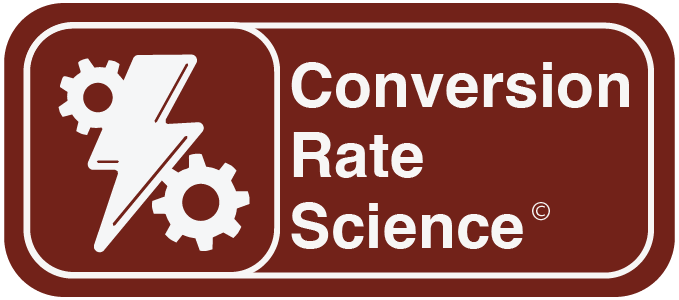Introduction
Calculating estimated incremental revenue from an A/B test is essential for understanding the financial impact of changes made to a website or app. By analyzing the data and ensuring statistical significance, marketers can make confident decisions backed by quantitative insights. In this guide, we’ll walk through how to determine which metrics to tie directly to A/B test results, differentiate causation from correlation, calculate statistical significance, and tell a story from the data.
We’ll use a hypothetical test as our example: comparing a multi-stage intake form to a single-stage form to see which one yields higher submission rates and, consequently, more revenue.
Example A/B Test Overview
Test Scenario:
A multi-stage intake form (Variant A) vs. A single-stage intake form (Variant B)
Test Duration: 59 days
Step-by-Step Statistical Significance Calculation
Statistical significance helps determine if the observed difference between the two variants is due to the test change or random chance. The following table provides a step-by-step demonstration of how to calculate this.Table 1: Data Summary
| Metric | Variant A (Multi-Stage) | Variant B (Single-Stage) |
|---|---|---|
| Total Sessions | 10,000 | 10,200 |
| Form Submissions | 1,400 | 1,800 |
| Submission Rate (%) | 14% | 17.65% |
Step 1: Calculate the Conversion Rate for Each Variant
Conversion rate (CR) = (Number of Form Submissions / Total Sessions) * 100
| Variant A (Multi-Stage Form): | CR = (1,400 / 10,000) * 100 = 14% |
| Variant B (Single-Stage Form) | CR = (1,800 / 10,200) * 100 ≈ 17.65% |
Step 2: Calculate the Standard Error for Each Variant
Standard Error (SE) helps understand the variability of the conversion rate.
Calculations:
Standard Error for Variant A: ≈ 0.0035
Standard Error for Variant B: ≈ 0.0039
Step 3: Calculate the Z-Score
Z = (ConversionRateB – ConversionRateA) / √(SEA2 + SEB2)
Substitute the values:
Z ≈ 7.84
Step 4: Find the p-value
A Z-score of 7.84 corresponds to a p-value close to 0, indicating a highly significant result well below the 0.05 threshold. To achieve statistical significance at a 95% confidence level, the Z-score must be at least 1.96. This threshold implies that there is only a 5% or lower probability that the observed difference is due to random chance.
A Z-score higher than 1.96 suggests that the results are significant and unlikely to be random. For higher confidence levels, such as 99%, the Z-score threshold rises to approximately 2.58, corresponding to a p-value of 0.01 or less.
Statistical Significance Calculation Summary
| Metric | Variant A (Multi-Stage) | Variant B (Single-Stage) |
|---|---|---|
| Total Sessions | 10,000 | 10,200 |
| Form Submissions | 1,400 | 1,800 |
| Submission Rate (%) | 14% | 17.65% |
| Standard Error | 0.0035 | 0.0039 |
| Z-score | 7.84 | |
| P-value | ~0 | |
| Confidence Level | 99% | |
Real-World Application: Incremental Revenue Calculation
To estimate incremental revenue, let’s assume the following:
| 12-month Average Revenue per Submission | $50 |
| Incremental Conversions over 59 days | ≈ 369 (+6.25423 submissions/day) |
Estimated Incremental Revenue Accrued over 12 months:
| $50 per form submission × (6.25423 submission increase/day × 365 days) |
| ≈ $114,139.70 accrued over 12 months. |
Conclusion
By calculating statistical significance and understanding the conversion metrics, we can confidently say that switching to a single-stage form led to a significant increase in form submissions. The estimated incremental revenue of $114,139.70 demonstrates the tangible value of optimizing the user journey based on A/B test results.
When conducting A/B tests, always watch for:
- The difference between causation and correlation.
- Proper sample size and test duration.
- Clear data storytelling to align with business goals.
Using these steps, you can leverage data-driven insights to make impactful changes that boost your bottom line.
Learn More About CRO
How Should I Proritize My AB Test Ideas?
Conversion Rate Optimization (CRO) is a game of strategy. With countless opportunities to test and...
Master the Customer Journey Map: Your Path to Better Conversions
Have you ever tried to take a trip without a map? Navigating the world of websites can feel the...
Using Market Segmentation for Conversion Success
Market segmentation is more than just categorizing customers—it’s a powerful strategy that, when...
